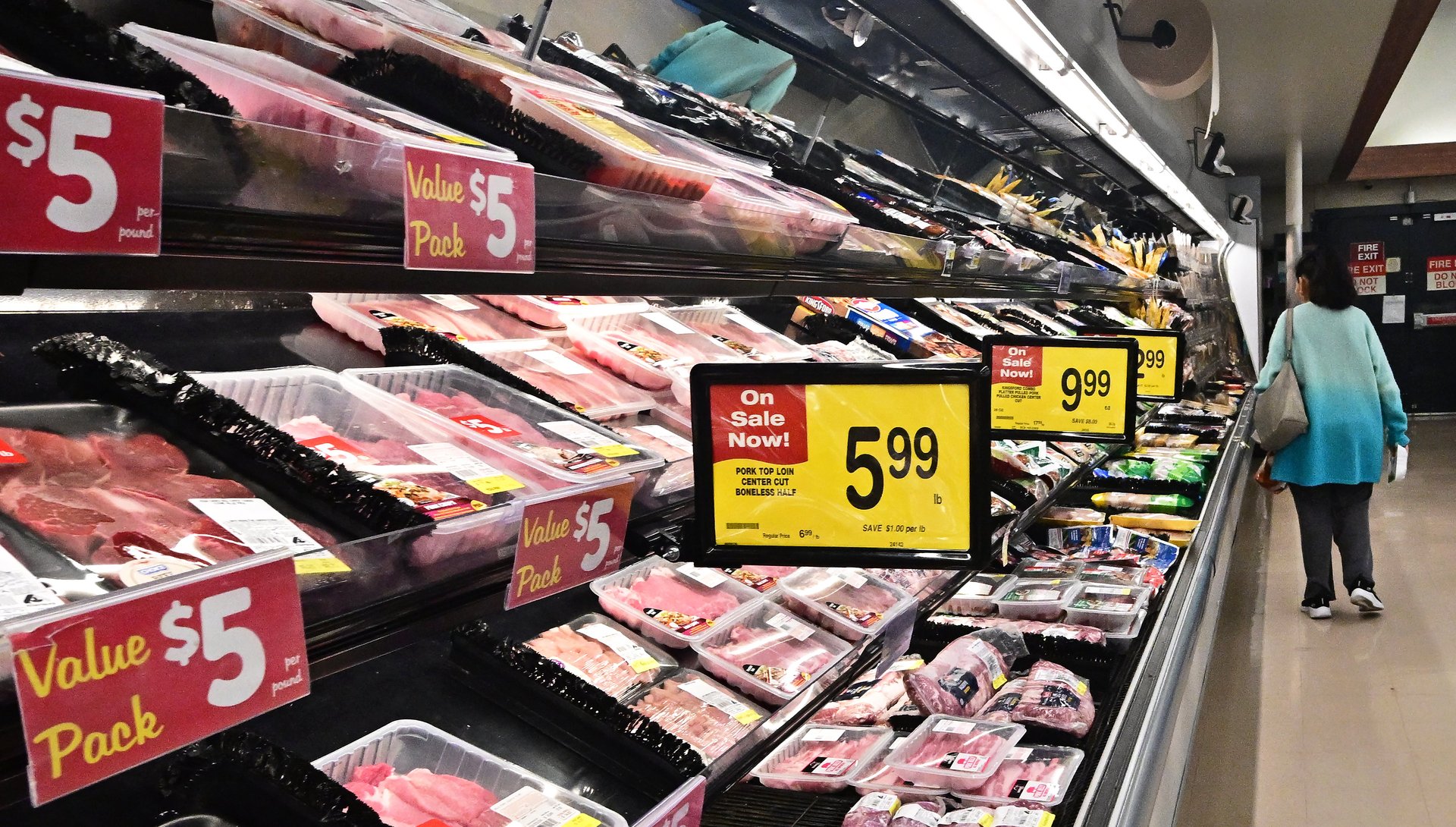Inflation rises to 2.7% ahead of the Federal Reserve's last meeting of 2024
The Consumer Price Index is the last major piece of economic data the Fed will receive before its interest rate decision

Inflation accelerated slightly in November ahead of the Federal Reserve’s last interest rate decision of the year.
Suggested Reading
The Consumer Price Index (CPI) rose 0.3% in November, raising the annual inflation rate to 2.7%, the Bureau of Labor Statistics reported Wednesday. That was still in line with Wall Street expectations, according to estimates compiled by FactSet (FDS).
Related Content
This monthly gain came in slightly hotter than the 0.2% increase in each of the previous four months, the agency said.
Consumer prices, excluding volatile food and energy, climbed 3.3% on a yearly basis — another acceleration in inflation, but consistent with analyst projections. On a monthly basis, core CPI rose 0.3% in November, as it did in the preceding three months.
This comes on the heels of a stronger-than-expected employment report that saw the U.S. economy add 227,000 in November. The BLS also upwardly revised October hiring to 24,000 from 12,000, and September job creation to 255,000 from 223,000.
The Fed’s preferred inflation gauge, the Personal Consumption Expenditures (PCE) index, rose 2.3% year-over-year and 0.2% on a monthly basis in October. Core PCE, excluding food and energy, rose 2.8%.
While inflation still appears to be on track towards the Fed’s 2% target, some central bank officials have expressed concern over the timing of their goals. Fed Governor Christopher Waller said last week that he is concerned the Fed’s fight against inflation may be “stalling.”
“Overall, I feel like an MMA fighter who keeps getting inflation in a choke hold, waiting for it to tap out yet it keeps slipping out of my grasp at the last minute,” he said in prepared remarks at the American Institute for Economic Research Monetary Conference.
Recent inflation and jobs figures aren’t expected to heavily influence the Federal Open Market Committee’s decision following its Dec. 17 and 18 meeting. Economists still widely expect the central bank to carry out its third consecutive interest rate cut, lowering the federal funds rate by another 25 basis points to 4.25%-4.50%.
So far this year, the Fed has lowered interest rates in September and November — its first cuts in more than four years — for a total of 75 basis points.
But given stubborn inflation and early signs of a softening labor market, many are expecting the Fed to slow its pace of cuts to a quarterly basis starting next year for a terminal rate in the mid-3% range.
The latest inflation data “gives the Federal Reserve the green light for a 25 basis point rate cut at the December meeting, as it helps to confirm that we are still making progress on inflation even though it remains sticky,” said Skyler Weinand, chief investment officer at Regan Capital.
“Recent economic data on both inflation and jobs paves the way for the Fed to cut interest rates by three or four times in 2025, but probably not more than that,” he said.